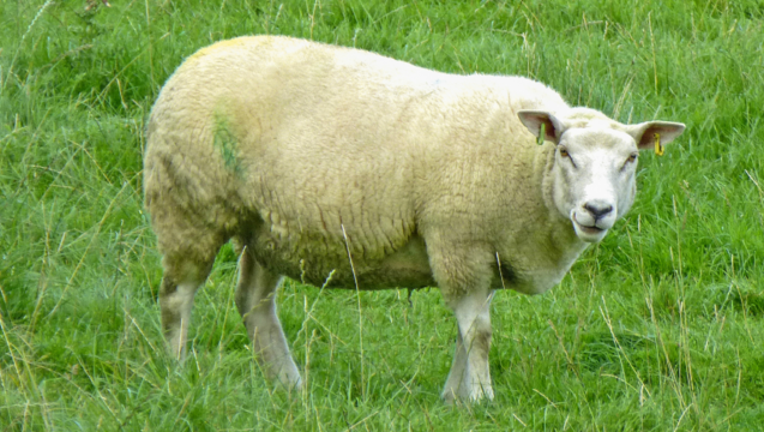20 years after Dolly the sheep, what have we learned about cloning?

(atoach / Flickr)
Wednesday marked the 20th anniversary of the announcement of Dolly the sheep, the first mammal cloned from an adult cell. Her creation left a lasting impact on both the public and the field of developmental biology, experts say.
At the time, other researchers had managed to clone mammals by splitting embryos in a test tube and implanting them in adults. However, none had successfully used an adult somatic (body) cell to clone a mammal. Researchers at the Roslin Institute in Scotland were finally able to produce Dolly — cloned from the udder cell of an adult sheep — after 276 attempts, according to the National Human Genome Research Institute (NHGRI).
"For a developmental biologist, the ability to clone an advanced mammal was thought to be impossible," Lawrence Brody, director of the Division of Genomics and Society at the NHGRI, told Live Science.
Although Dolly was born in July 1996, Researchers announced Dolly's existence on Feb. 22, 1997. The delay in the announcement was due to the time needed to amass sufficient data on the project, check the data, write and get the manuscript published, said Bruce Whitelaw, the head of the Division of Developmental Biology at the Roslin Institute.
Read more on FOX NEWS.

